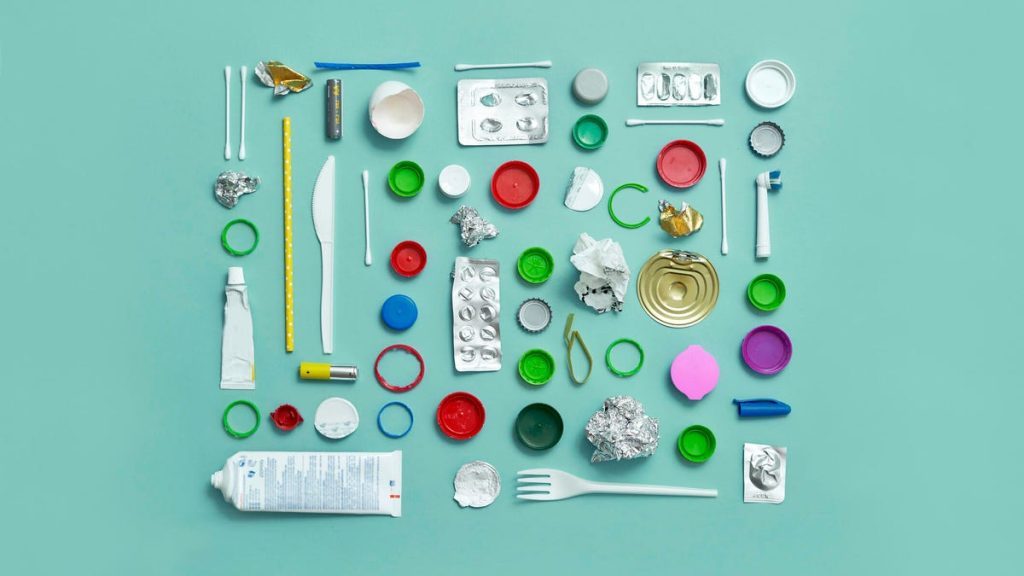Microplastics are found everywhere in our environment, from the air we breathe to the food we eat. They are small particles that can be harmful to human health, with potential consequences such as increased risk of heart attack, stroke, tissue inflammation, and cell death. Studies show that microplastics can accumulate in the human body, leading to serious health issues. It is hard to avoid exposure to microplastics, but there are ways to be more proactive about minimizing their presence in our daily lives.
In the kitchen, microplastics can hide in various places, such as non-stick cookware, plastic food containers, utensils, tea bags, spices in plastic packaging, plastic straws, and canned food linings. These items can release microplastics into our food, increasing our exposure to these pollutants. However, there are alternative materials that can be used to reduce the ingestion of microplastics, such as wooden or stainless spatulas, glass or stainless steel food containers, wooden or stainless steel utensils, loose-leaf teas or tea infusers, spices in glass containers, reusable metal or bamboo straws, and fresh or frozen produce over canned foods.
By making simple swaps in the kitchen, such as choosing glass or stainless steel containers over plastic ones, using wooden or stainless steel utensils instead of plastic ones, and opting for fresh or frozen produce instead of canned foods, we can reduce our exposure to microplastics. These changes not only benefit our health but also contribute to a healthier environment by reducing the amount of plastic waste produced. With awareness and conscious choices, we can create a safer and more sustainable kitchen environment for ourselves and future generations.












